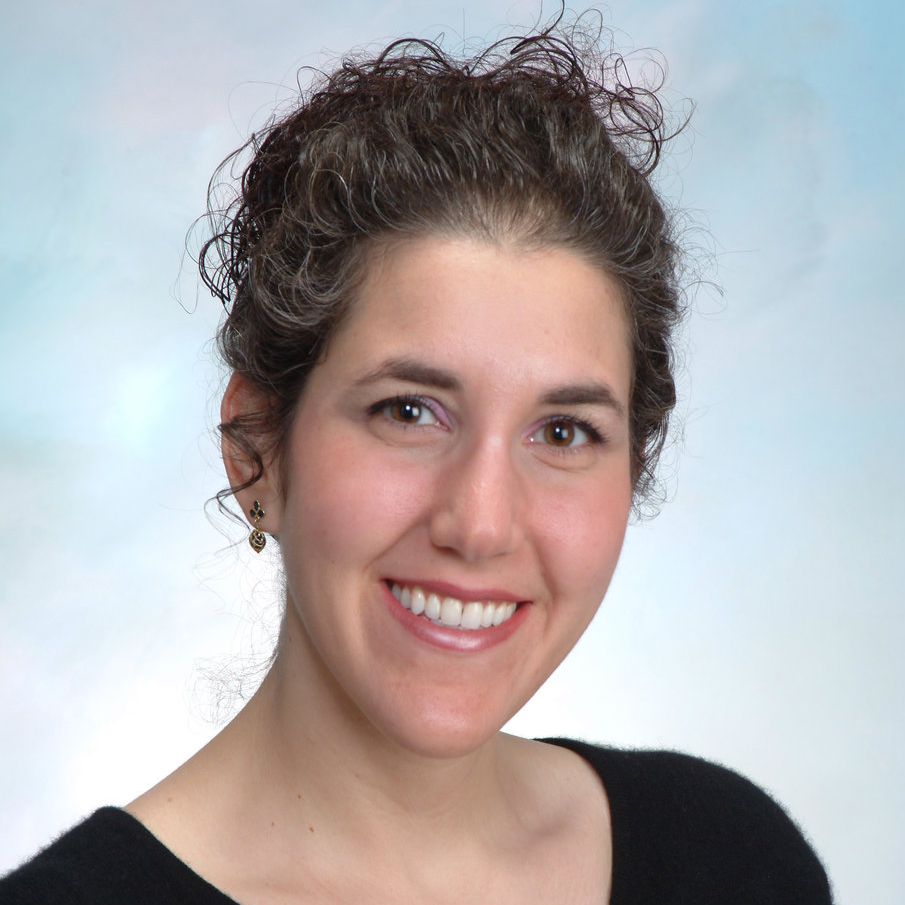Praise For: Cranial Facial Distortions and Their Impact on Childhood Development
Hear directly from our students about the benefits of our program.-

Meghan Kretz, MS, CCC-SLP, CSOM
This course was recommended to me by my friend and colleague. I was hoping to learn the causes of cranial facial distortions and their impact on development.
My three takeaways are: CSF buildup and its effect, common is not normal, and the effects of compensations that form when development is abnormal
This course has reminded me and made me more aware of how birth/development can be impacted by tension and other restrictions
I have been able to apply this info to some of my cases. A student with severe sensory aversions, toe walking and low tone has a history of traumatic birth and vacuum delivery. It has been hard to get parents to follow through with cranial work, but I hope this course will have helped me explain the rationale better so they can understand.
Thank you! I loved the doctor shares the most and also the Facebook page was interesting too!
-

Dr. Sonia McGowin
I love everything Dr. Rosen offers, and this topic was especially interesting to me. We do extensive work in my clinic with complex kids, tongue ties and primitive reflexes. Just hoping to learn even more.
This is a nice introduction to cranial distortions. Excellent explanation of primitive reflexes Important info on plagiocephaly and how to measure and classify it.
This program has given me some additional exam points to include.
We have a complete TOTs program which also ends up including facial asymmetries, torticollis, plagiocephaly, etc. It’s important to help parents see how it’s all connected.
Always such great information. Thank you!
-

Dr. Larissa Rice Forsberg
I took this program to learn more about tongue-ties and cranial distortions so I can offer more sound information to parents. To help babies and parents enjoy the first months together.
My three takeaways:
Primitive reflexes are very important and need to be tested.
Multi-discipline is very important when dealing with TOTs.
Earlier is the best, primary up to 6 weeks.
This program has left me on the same quest of why I took the class to find out what to do with these children and how to change parents’ perceptions.I think this is a good overview class if you haven’t had any cranial education.
-

Rosemary Schiavi, DC, DICCP
I took this program as a refresher on information.
This course is easy to complete, easy to understand and good information. This was a good review.
I thought things were explained well.
-

Heather Youngman, MS, CCC-SLP
I enrolled in this course to help me identify cranial facial distortions and patterns more effectively and to be able to explain to parents why they should seek additional consultation.
My three takeaways are:
It’s important to understand the relationship between structure and function.
Parents should trust their instincts and seek professional help if concerned.
The first year of life is so important for neurological development.
I will look at my clients differently and try to match structure with function more successfully.I gave a parent specific examples of cranial facial distortions: one eye bigger, ears sitting lower, head tilted and referred.
This was a lot of valuable information. I wish you could have shown many case studies all throughout but especially in the later weeks of actual patients and pointed out the distortion patterns you see, what they mean, and what you would do about it. It is also helpful to see a patient from initial consultation to completion of care.
The SOT® Pediatric Certificate Program
Demonstrate your commitment to your profession and patients, enhance your skills, and place yourself on the road to mastery in the art of chiropractic adjustment.

